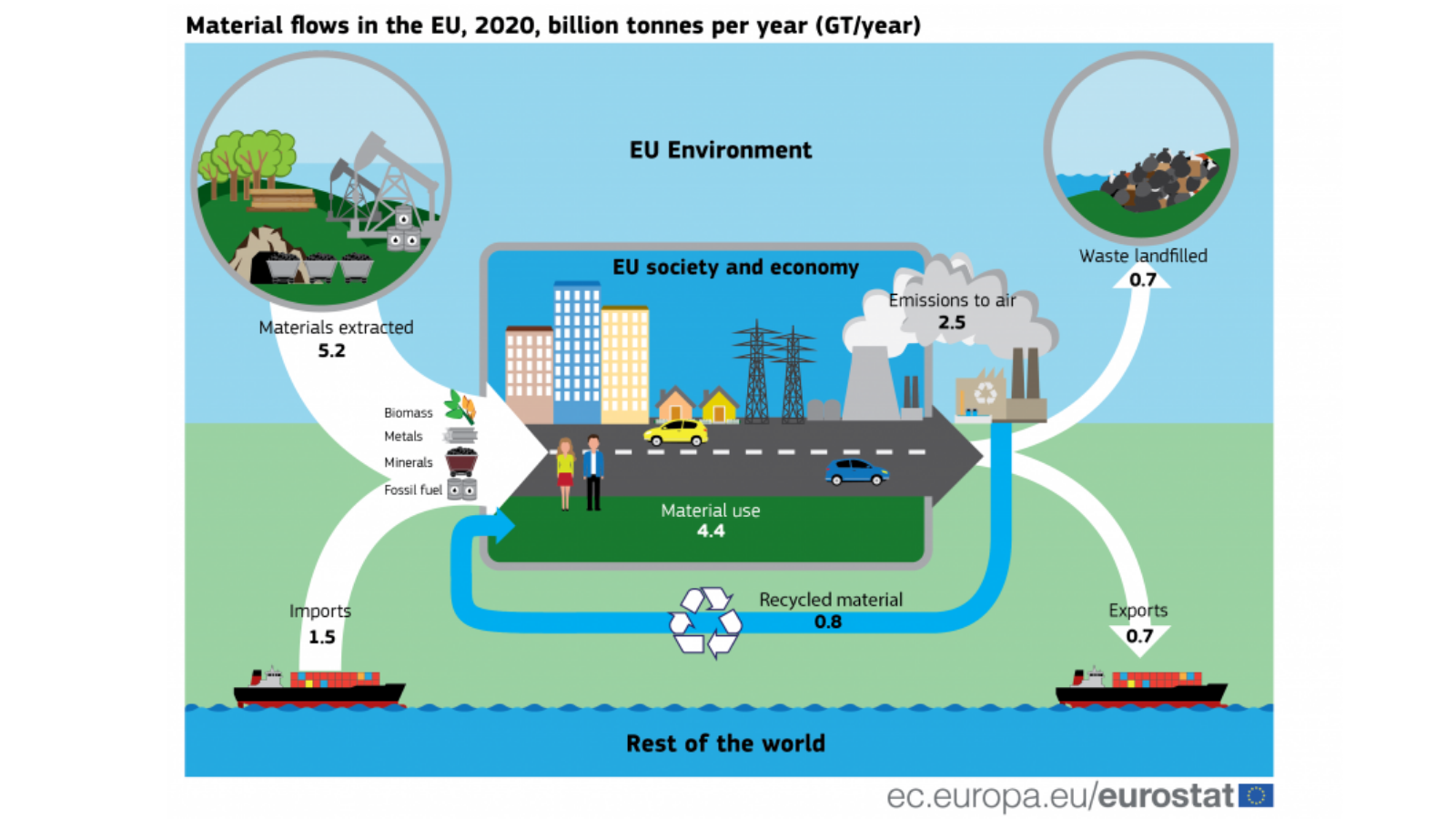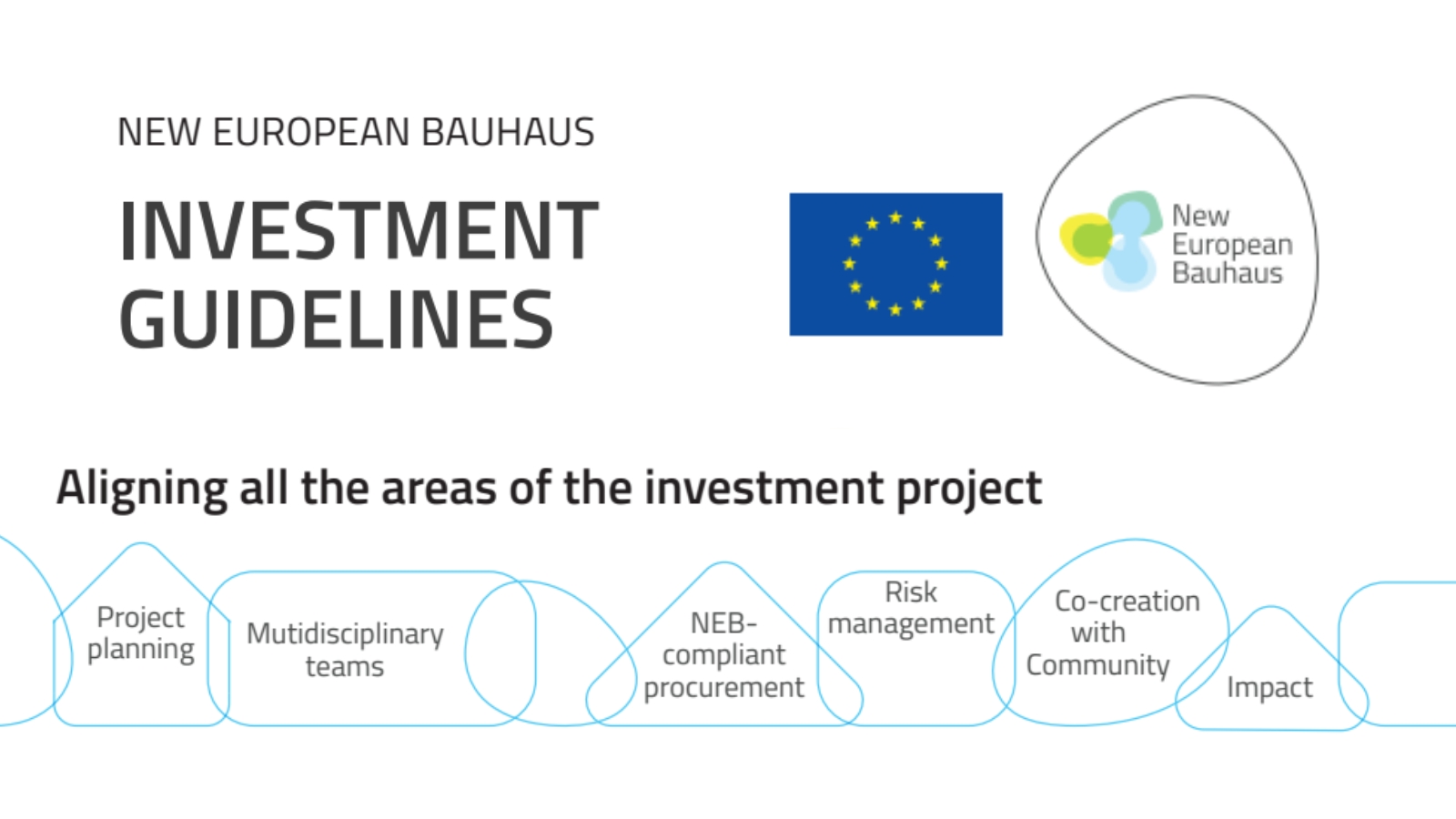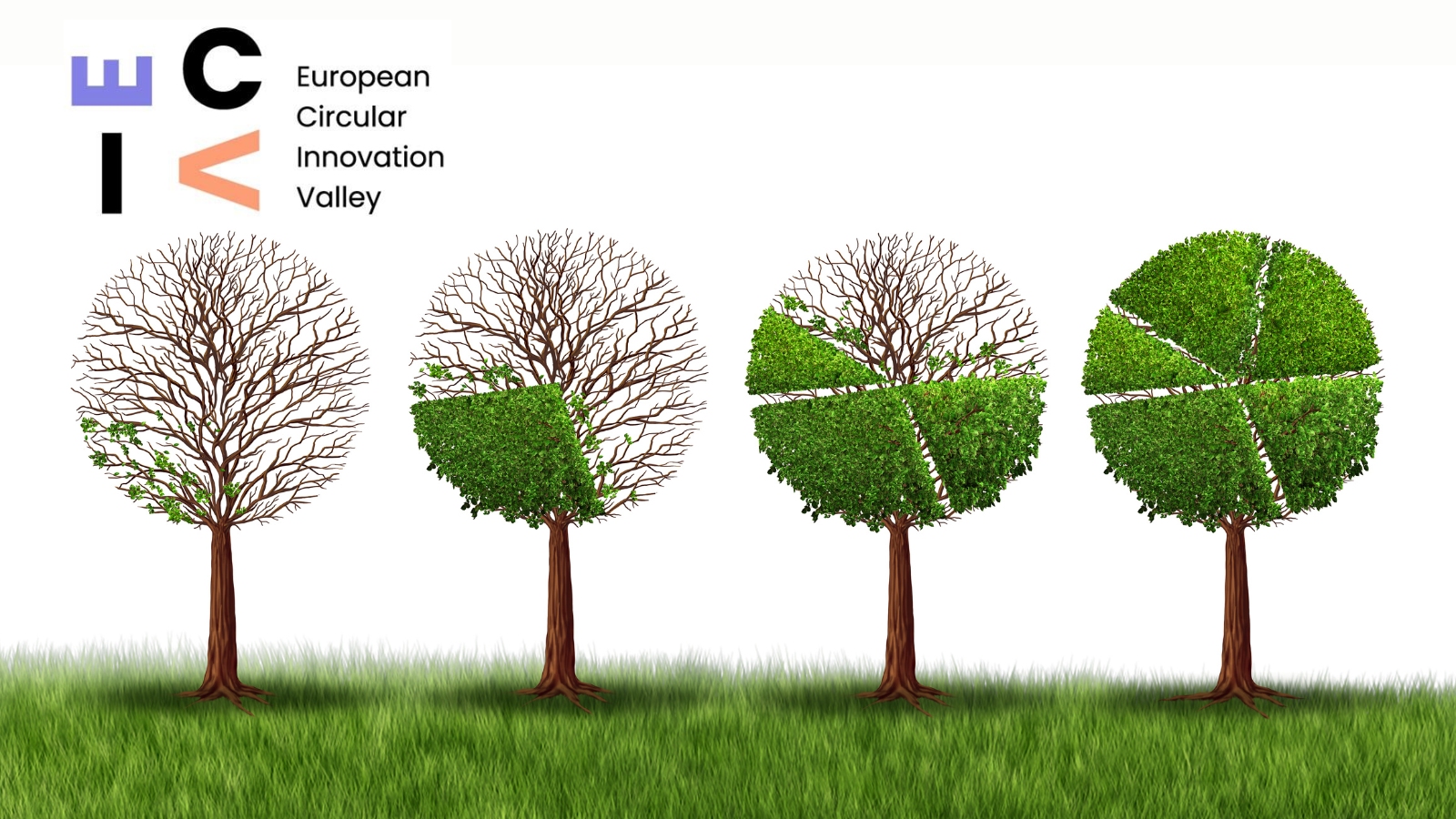In 2020, the circularity rate – the percentage of resources used in production processes that come from recycled or recovered materials – reached 12.8% in the European Union, according to data from the statistical office Eurostat. This rate is 0.8 points higher than a year earlier and 4.5 points higher than in 2004, the first year in which it was counted, as part of the EU’s monitoring policies on the circular economy.
Spain is slightly below the European average, with 11.2%. In recent years, it has been improving progressively, recovering from the negative trend recorded between 2010 and 2021,5 when it fell from 10.4% to 7.5%.
Compared to the European countries as a whole, Spain ranks 11th out of the 27 states. In 2020, the highest circularity rate was reached in the Netherlands (30.9%), followed by Belgium (23.0%) and France (22.2%). The lowest percentages were in Romania (1.3%), Ireland (1.8%) and Portugal (2.2%).
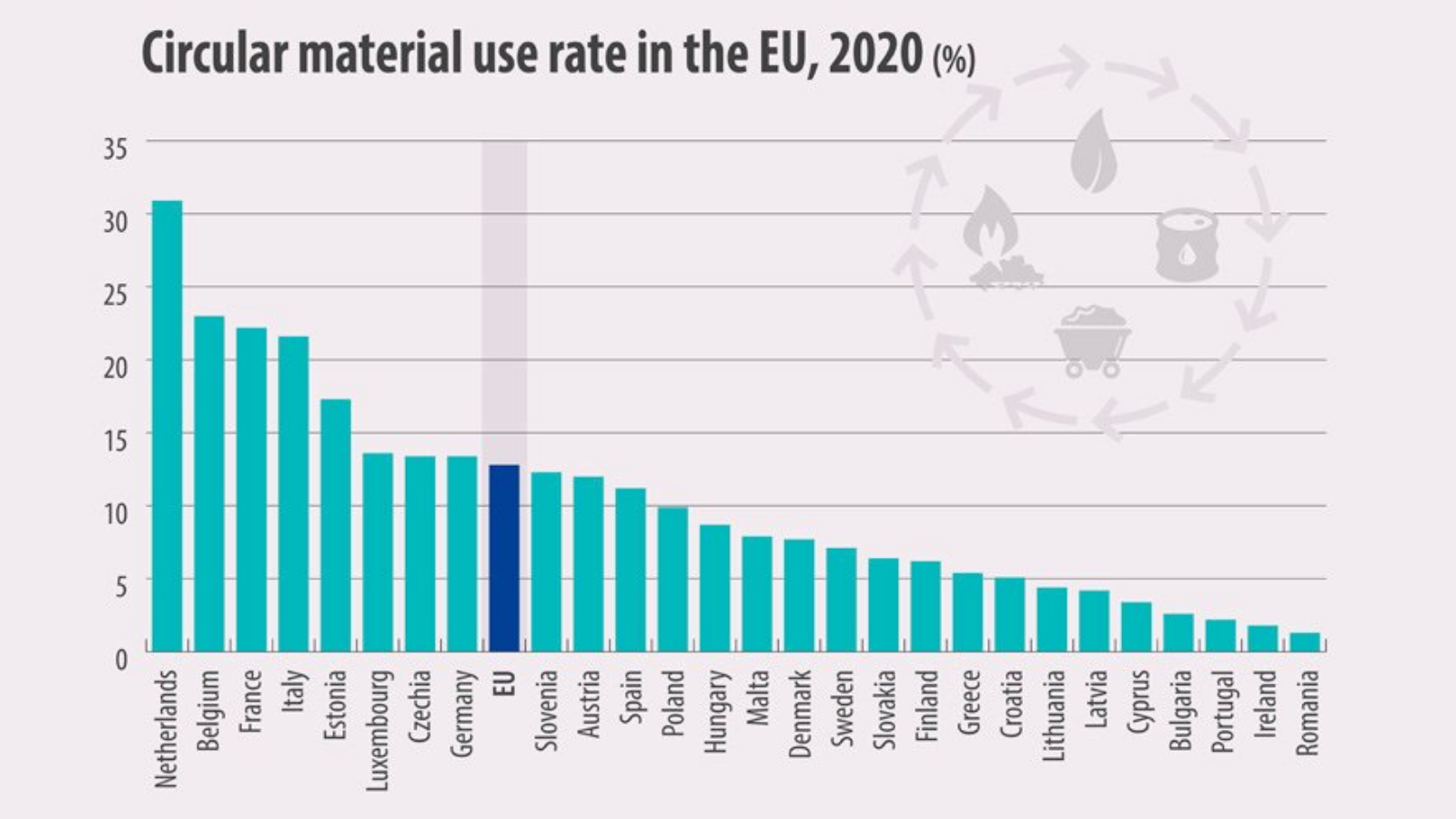
The improvement in the circularity rate implies that the environmental impact of raw material extraction is being reduced.
Despite its positive evolution, the EU’s circularity rate is much lower than other circularity indicators, such as recycling levels, which stand at around 55%. The Eurostat report details that this is partly due to “the fact that some types of materials cannot be recycled: for example, fossil fuels burned to produce energy or biomass consumed as food or feed”.
Towards a “deep transformation”
Achieving a higher rate of circularity “requires a deeper transformation within our societies, for example by replacing fossil fuel carriers with renewable energy – hydropower; tidal, wave and ocean; wind; solar photovoltaic; solar thermal and geothermal, using more efficient production technologies or extending the lifetime of products,” the paper details.
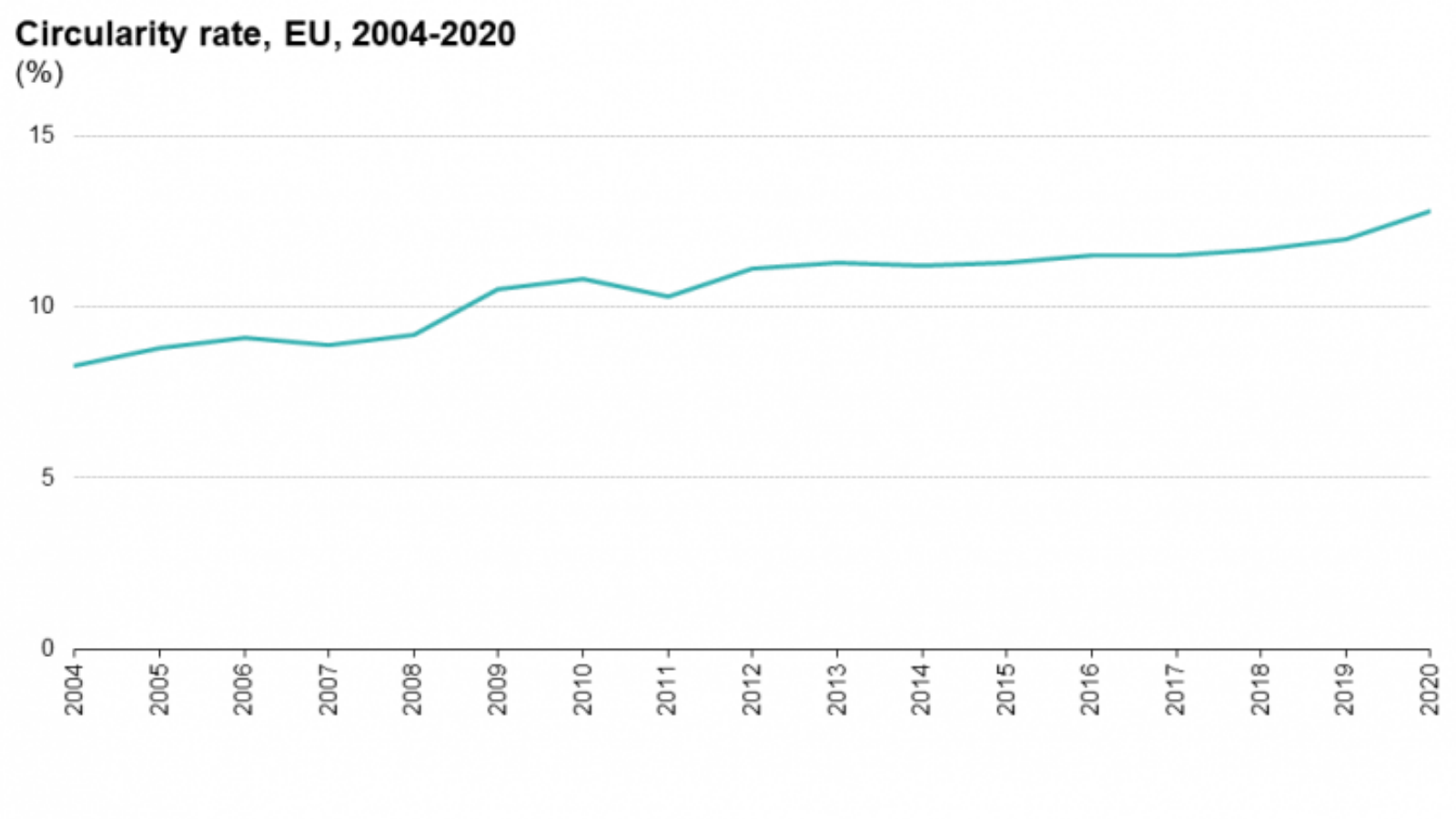
Like recycling rates, the circularity rate shows large differences by material category. In 2020, the circularity rate in the EU was 25% for metallic minerals; 16% for non-metallic minerals (including glass), 10% for biomass (including paper, wood, textiles, etc.) and 3% for fossil energy materials (including plastics and fossil fuels).
“Fossil fuel materials are less suitable for recycling because they are mainly used for energy purposes, which means that they are transformed into emissions into the atmosphere. However, much progress can be made in recycling plastics. Biomass is also partly unsuitable for recycling – e.g. food and feed or wood for energy – but progress can be made by reducing food waste, recycling natural textiles, etc.,” says the Eurostat analysis.





